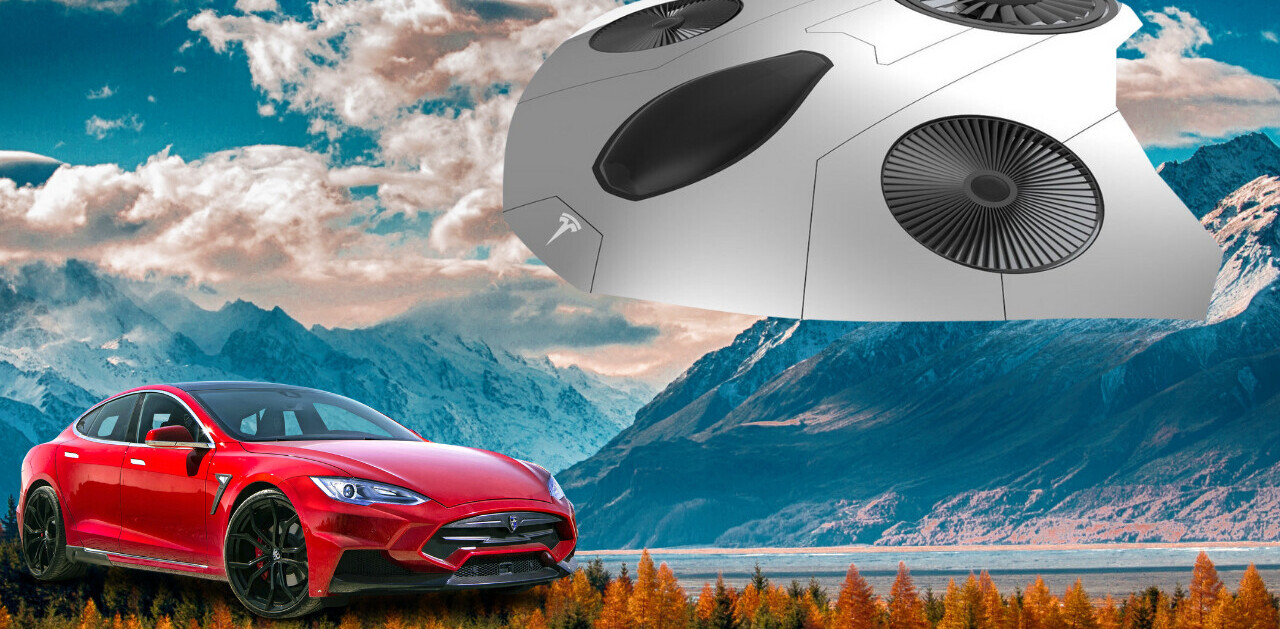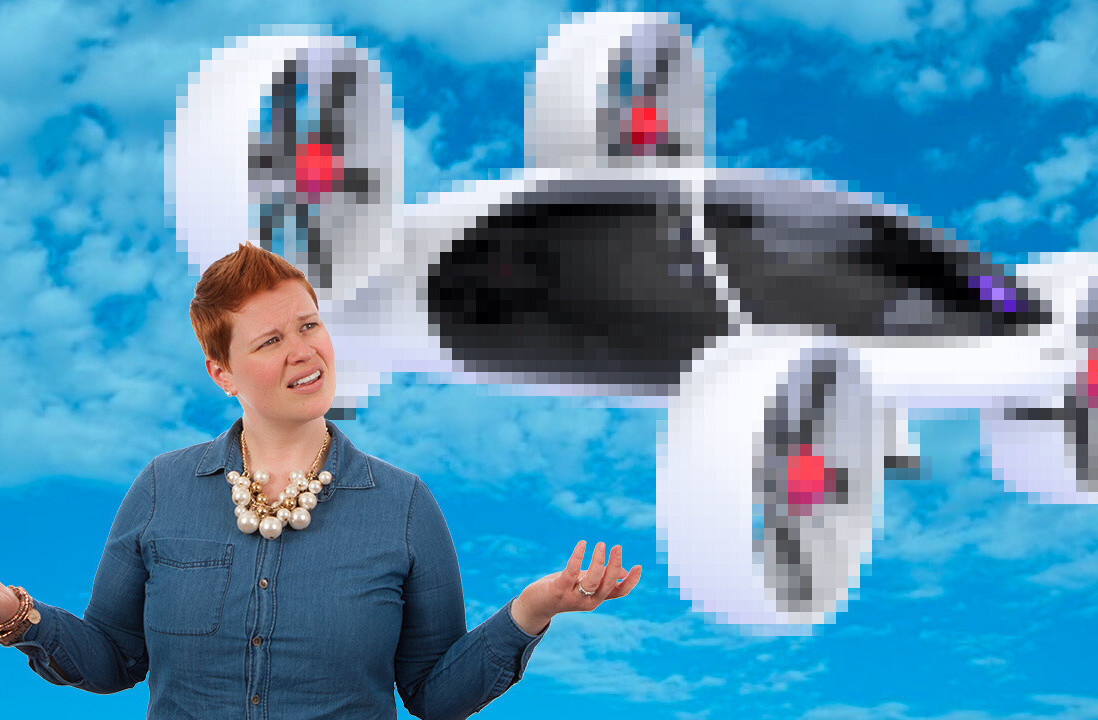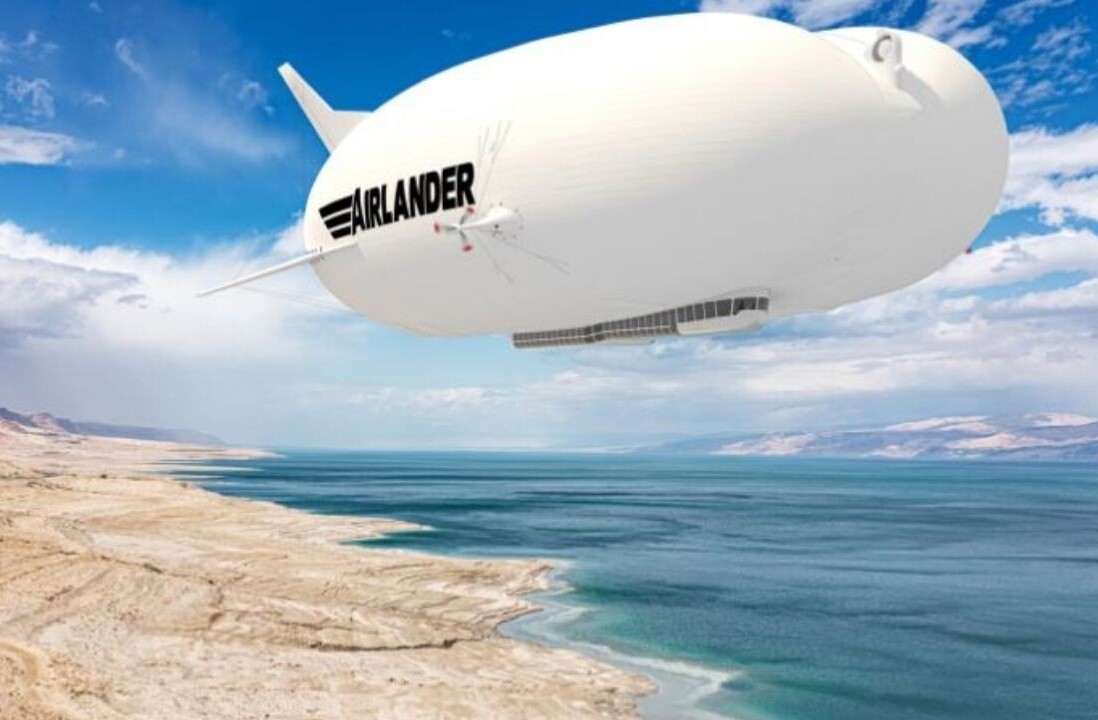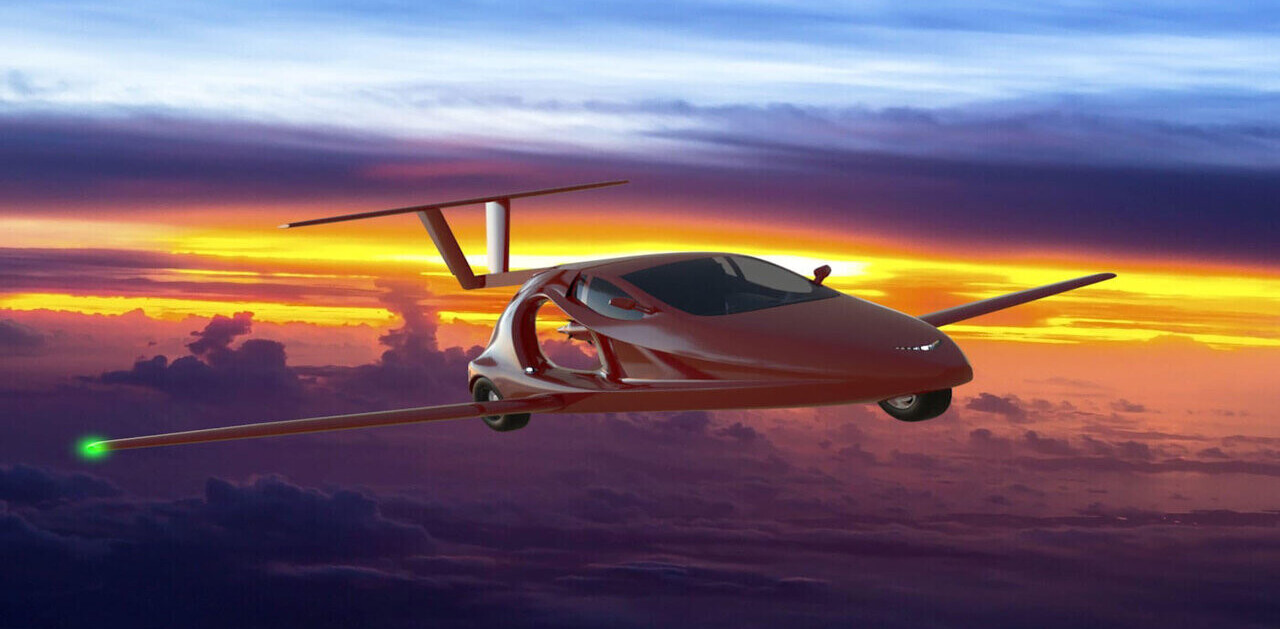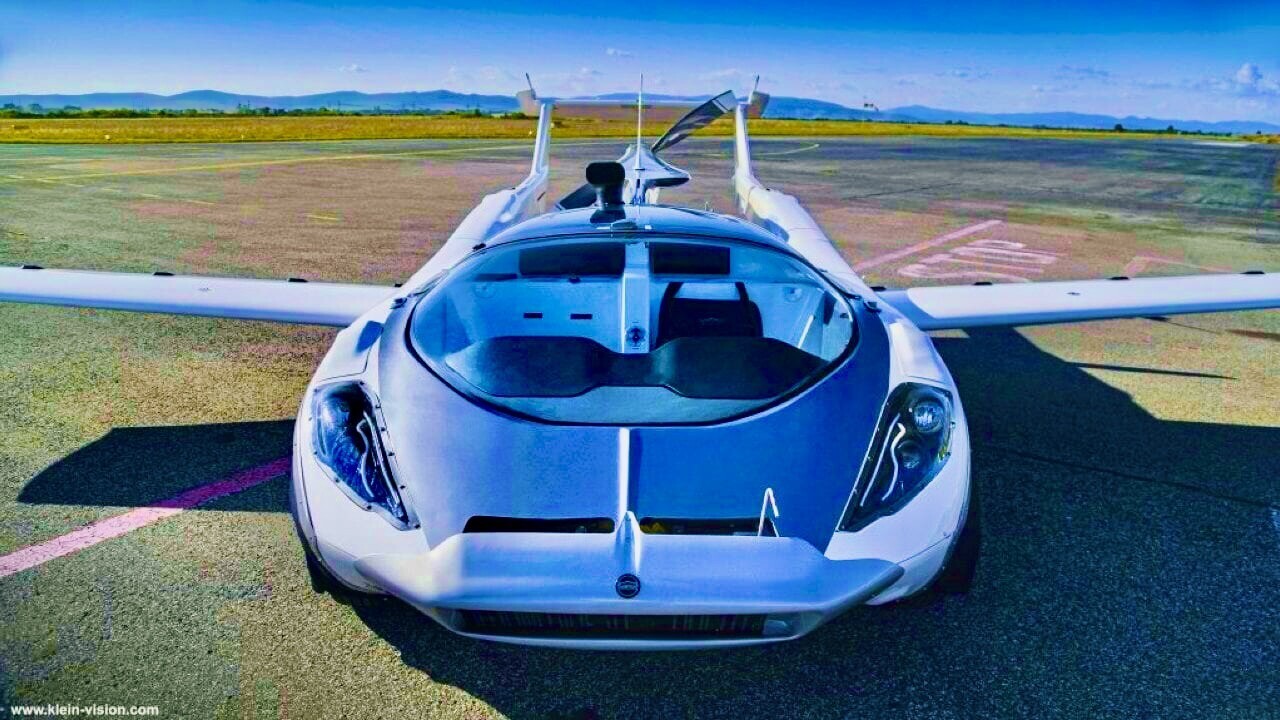
Most electric vertical take-off and landing (EVTOL) aircraft owe their design to futuristic flying robots and insects. But there’s a more humble kind of flying innovation — the flying aircar. As the name suggests, these shape-shifting machines go from road cars to flying in the sky in minutes with only the need for a short landing strip.
Overnight they were in the news, with an announcement from Klein Vision that their AirCar flying car had received a Certificate of Airworthiness from the Slovak Transport Authority, making it legal to fly.
The news follows 142 successful landings in Bratislava. At yesterday’s landing, inventor Professor Stefan Klein clicked a button, transforming the aircraft into a sports car in under three minutes.
In earlier tests, the AirCar flew at 8200ft, reaching a maximum speed of 190kmph (103knots).
The AirCar includes retractable wings, folding tail surfaces, and a parachute deployment system. It is equipped with a 160HP BMW engine with a fixed-propeller and a ballistic parachute. Under the supervision of the Civil Aviation Authority, the AirCar has completed over 40 hours of test flights, including steep 45 degree turns and stability and maneuverability testing.
AirCar Prototype 2, the pre-production model, will be equipped with a 300HP engine and receive the EASA CS-23 aircraft certification with an M1 road permit. With its variable pitch propeller, Prototype 2 aims to have a cruise speed of 300km/h (162kt) and a range of 1000km (621mi).
The company also plans for a four-seater version, a twin-engine, and an amphibious plane — yes, a plane that turns into a boat. Or is it a car that turns into a boat and a plane? I’m not entirely sure. Whatever it is, I’m in.
But if the idea of a car that turns into an aircraft sounds familiar, you’d be right. Klein Vision’s founder Stefan Klein previously worked for another Slovakian aircraft company, Aeromobil. There’s also a few other companies in the space. Who will triumph in the race to get an aircar on the market?
Aeromobil (Slovakia)
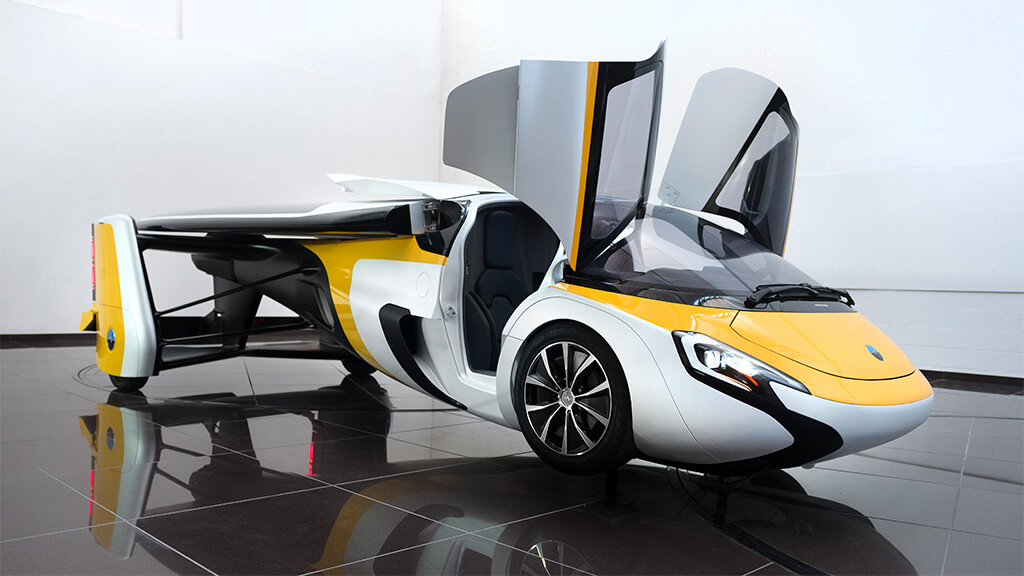
The company Aeromobil has been around since 2010 and achieved key flight testing targets in March last year for its two-seater 4.0 flying car. It delivers a flying range of up to 740 km and a driving range of up to 1000 km. The two-seater is scheduled for release in 2023, followed by a four-seater in 2025. The company intends to roll out electric battery-powered aircraft in the future.
Terrafugia (US/China)
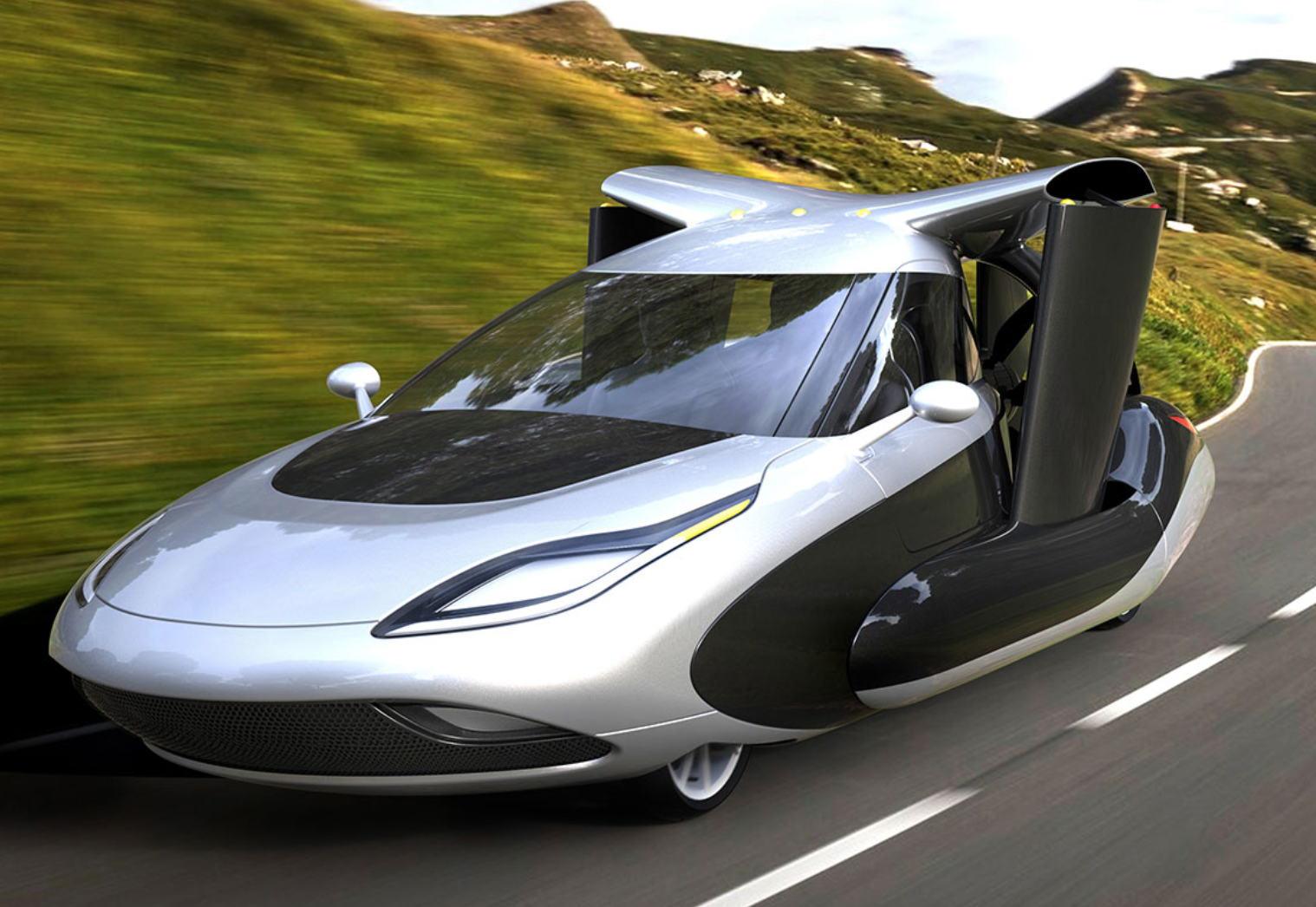
Geely-owned Terrafugia was founded in 2006. Unlike other aircars on offer at present, it runs on electric batteries.
The company’s Transition flying car received an FAA Special Light-Sport Aircraft(LSA) airworthiness certificate in 2021, making it legal to be flown in the US. At the time, Terrafugia stated that it was aiming to have the vehicle both sky and road-legal by 2022.
However, over 100 US staff became redundant in 2021. Currently, Terrafugia offers no concrete time to market details.
Pal V (The Netherlands)
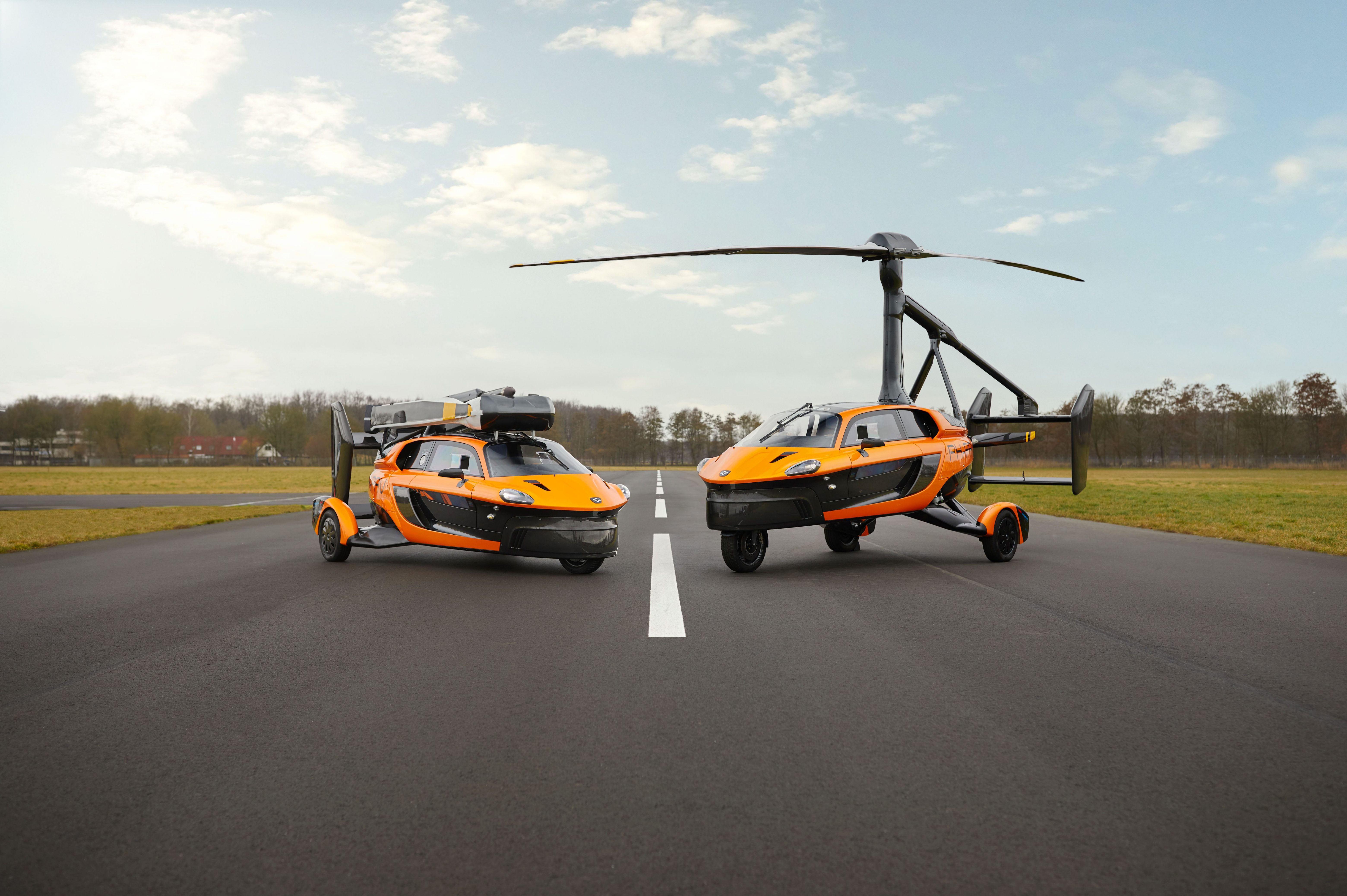
PAL-V is perhaps one of the closest to selling flying cars. In October 2020, the PAL-V Liberty received road admission for Europe and numerous countries outside Europe.
PAL-V is now also the first to complete the full certification with the European Union Aviation Safety Agency EASA).
Aircars are challenging beasts
These kinds of aircraft have their advantages and disadvantages. Owners can drive to take off or theoretically find a less crowded place to fly compared to vertiports. Except for the Terrafugia, they run on gas. This makes them faster to refuel than the time it takes to charge an EVTOL.
However, this brings their environmental benefits into question. Do we want to fill the sky with gas-powered vehicles that only carry a couple of people?
Further, air cars need accreditation from both road transport and aviation bodies.
For example, the National Highway Traffic Safety Administration requires extensive crash testing in the US, including side and rear impact tests. They also need to determine whether the folding wings cause any blind spots in driving and their impact, if any, on crash safety.
Then, they also need to comply with the appropriate air regulatory bodies in the countries they wish to market to. This is a laborious project that takes about 10 years over multiple stages. These companies are in for the long haul.
Look, I’m not entirely sure we’ll see commercial offerings in the next two to five years, especially considering most EVTOLs are aiming for cargo flights first. But these folks in Slovakia are organized, and definitely worth watching closely.
Get the TNW newsletter
Get the most important tech news in your inbox each week.
